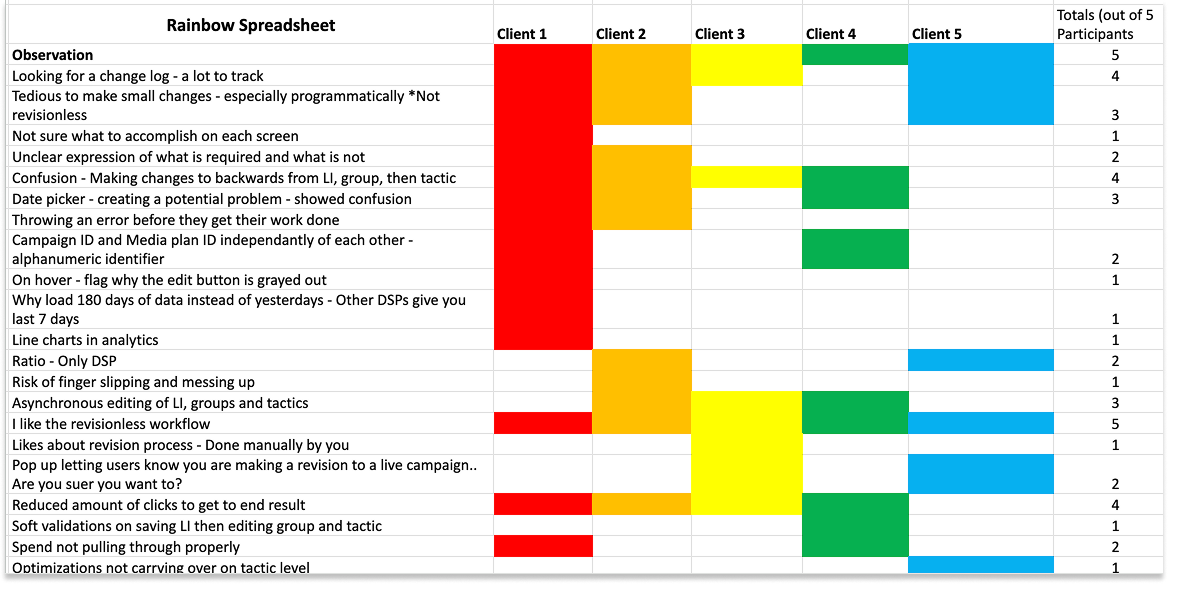UX TOOLKIT
Challenge
Lack of consistency in education and application of UX methodology for research, design, and product management teams led to confusion with expectations for processes, scope, timelines, and collaboration across functions.
As our UX practice grew, I aimed to build more consistency and flexibility in our team’s work. Ideally, as UX team members use these tools, partners in other departments would have a deeper understanding of what UX can offer and better expectations as they work across the team.
Process
The UX Toolkit is a collection of activities and artifacts commonly used in user experience work that we are promoting. These tools should also help broaden the opportunities we have to strategize, ideate, and collaborate more effectively with our teams.
Here’s a few items from the catalog we worked to build templates and education around, divvied into 4 categories of SAAS development:
User Flow Template
One of several templates within UX toolkit. Consistency in task and user flows was one of the first practices to enhance.
Journey Map
There’s an appetite from tech audience to diversify research output with more visual storytelling.
Rainbow Spreadsheet
Quantitative, visual representation of qualitative data, easily digestible user feedback.
As it grows, the UX Toolkit will be curated in a crowdsourced fashion by both researchers and designers following some specific guidelines. This ensures that each tool is positioned to be of use and that there is opportunity for team members to get training or instruction on how to best leverage these tools.
The UX Toolkit plugs into Strategic Planning & Program Management, acting as a catalog and education source for what to implement given a project’s confidence level and scope.








